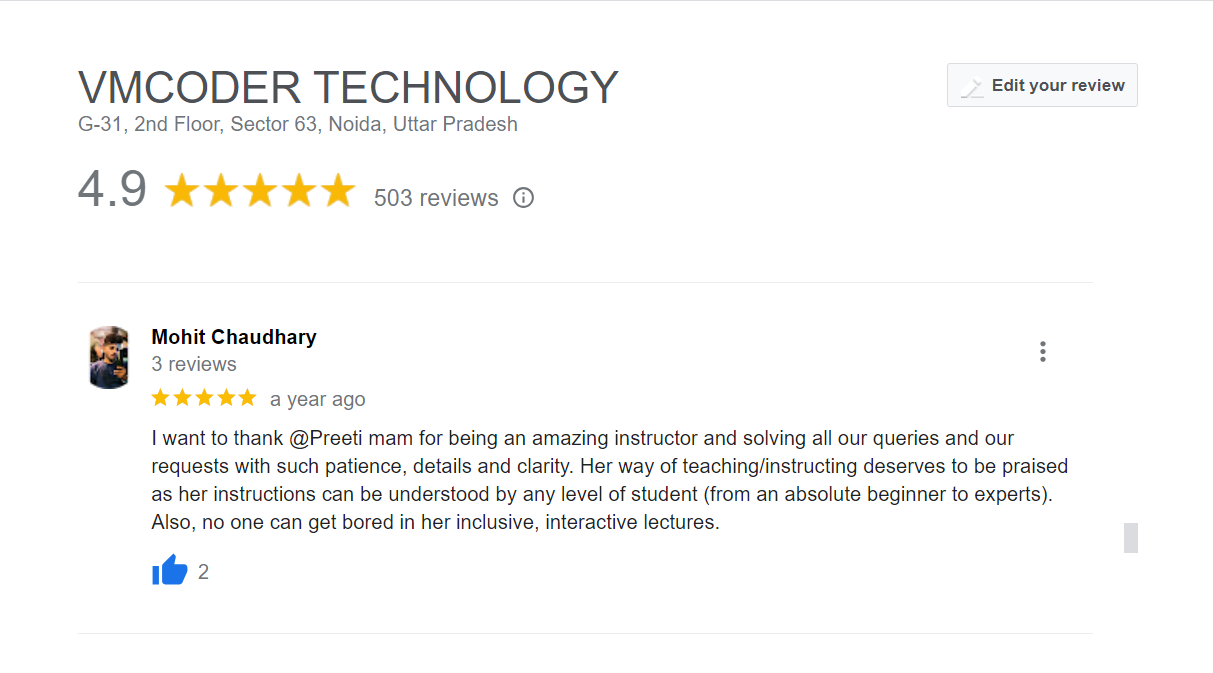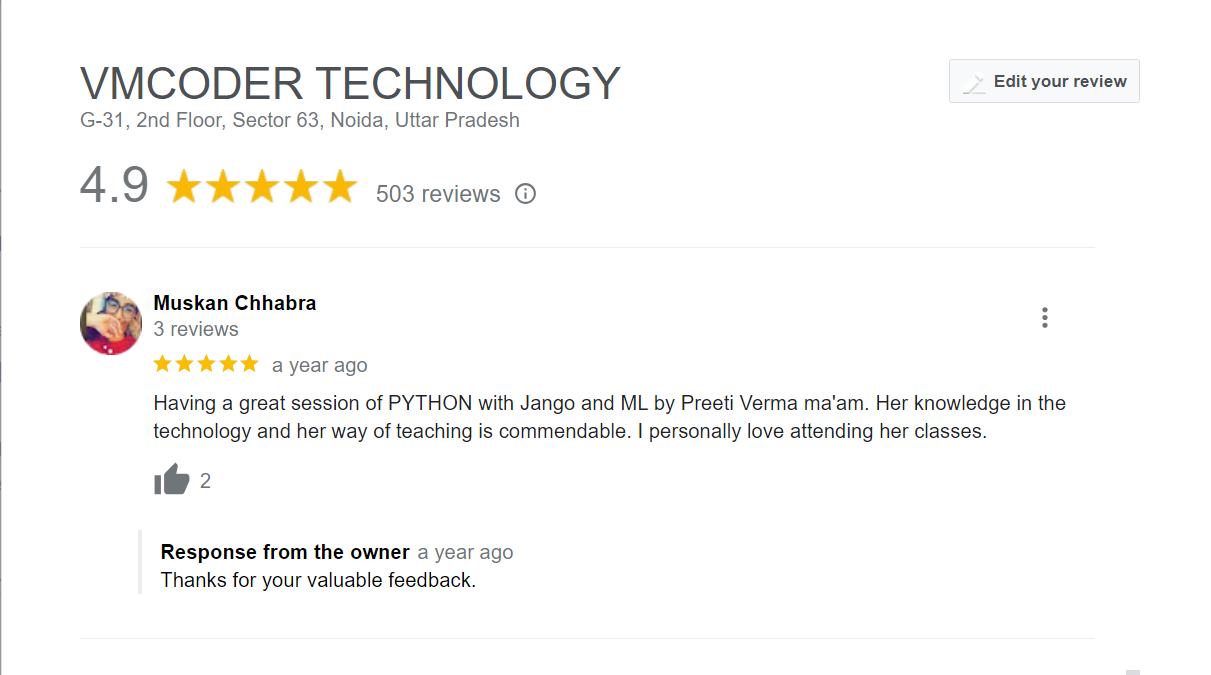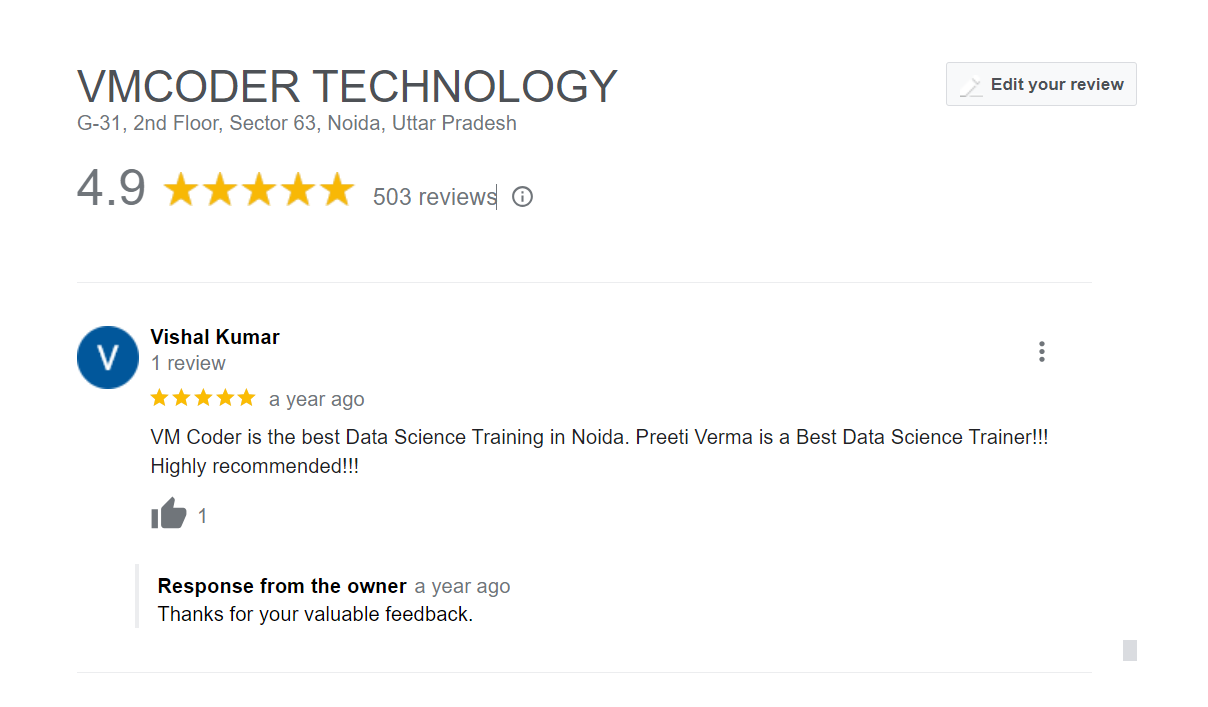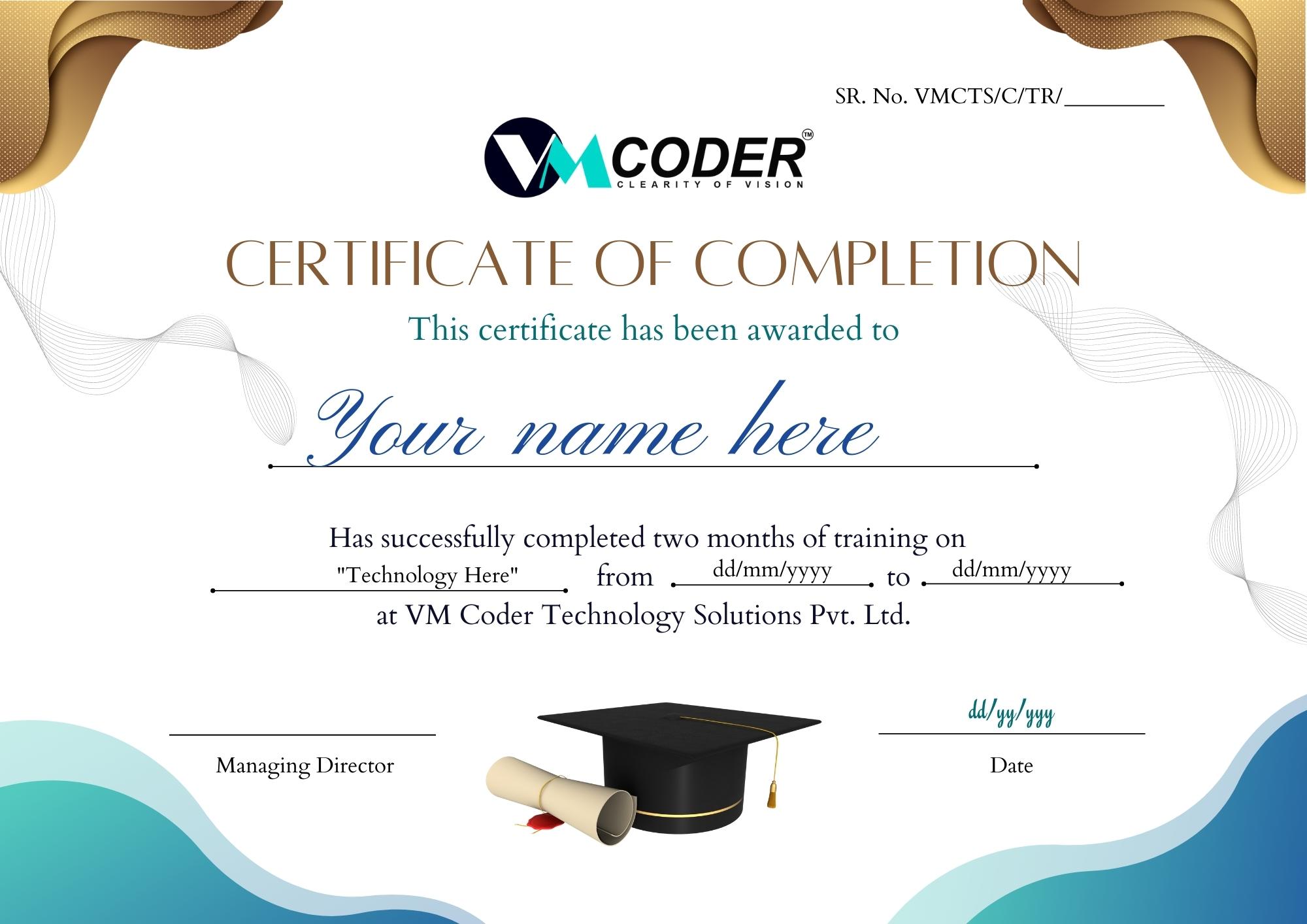Our Courses Overview
For your VM Coder company, if you're looking to create content on React.js developers, here are some ideas and topics you can explore:
1. Introduction to React.js: Provide an overview of React.js, its features, and why it's a popular choice for web development.
2. Getting Started with React.js: Guide beginners on how to set up a React.js development environment, including installing dependencies and creating a basic React component.
3. React.js Components: Explain the concept of components in React.js, their role in building user interfaces, and how to create functional and class-based components.
4. State and Props in React.js: Explore the usage of state and props in React.js, how they facilitate dynamic rendering, and best practices for managing component data.
5. React.js Lifecycle Methods: Discuss the lifecycle methods in React.js and their usage for handling component initialization, updates, and cleanup.
6. React.js Hooks: Cover the introduction and usage of hooks in React.js, such as useState, useEffect, useContext, etc., and how they simplify state management and side effects.
7. React.js Routing: Explain how to implement client-side routing in React.js using popular libraries like React Router, enabling single-page applications with multiple views.
8. Styling in React.js: Explore different approaches to styling React components, including inline styles, CSS modules, CSS-in-JS libraries (such as styled-components), and popular CSS frameworks like Tailwind CSS.
9. Handling Forms in React.js: Provide guidance on handling form inputs and validations in React.js, showcasing techniques like controlled components and form libraries like Formik or React Hook Form.
10. Testing React.js Applications: Discuss various testing approaches and libraries available for testing React.js components and applications, such as Jest, React Testing Library, and Enzyme.
11. State Management in React.js: Introduce state management techniques beyond local component state, such as using context API, Redux, or MobX for managing global application state.
12. React.js Best Practices: Share tips, best practices, and common patterns for writing clean, efficient, and maintainable React.js code, including code organization, performance optimization, and error handling.
13. Building Real-World Applications with React.js: Provide tutorials or case studies on building specific types of applications using React.js, such as e-commerce platforms, social media interfaces, or productivity tools.
14. Integrating React.js with Backend Technologies: Explain how to integrate React.js with various backend technologies and frameworks, including RESTful APIs, GraphQL, and serverless architectures.
15. Advanced React.js Concepts: Dive into more advanced topics like code splitting, lazy loading, server-side rendering (SSR), and performance optimization techniques specific to React.js.
Remember to tailor the content to your target audience's skill level and provide practical examples, code snippets, and interactive demos where appropriate.
Apply For Training
CURRICULUM & PROJECTS
- Introduction to React.js
- What is React.js and why is it popular?
- Understanding the virtual DOM
- Setting up a React development environment
- Components and JSX
- Creating and rendering components
- JSX syntax and its relationship to JavaScript
- Props and state in React components
- Component lifecycle methods
- React Routing
- Building single-page applications (SPAs)
- Working with React Router
- Setting up routes and handling navigation
- State Management with Redux
- Introduction to Redux and its core principles
- Setting up Redux in a React application
- Actions, reducers, and the store
- Managing application state with Redux
- React Hooks
- Understanding the problems Hooks solve
- Using built-in hooks (useState, useEffect, useContext, etc.)
- Custom hooks and their benefits
- Migrating class components to functional components with hooks
- Forms and Validation
- Building forms with controlled components
- Handling form submission and validation
- Using form libraries (e.g., Formik) with React
- API Integration
- Fetching data from APIs using React
- Making asynchronous requests with Axios or Fetch API
- Handling API responses and error handling
- Testing React Applications
- Writing unit tests with tools like Jest and React Testing Library
- Testing components, hooks, and Redux-related code
- Best practices for testing React applications
- Styling in React
- CSS-in-JS libraries (e.g., styled-components, Emotion)
- CSS modules and CSS preprocessors (e.g., SASS, LESS)
- Using component libraries (e.g., Material-UI) for pre-styled components
- Deployment and Performance Optimization
- Preparing a React application for deployment
- Optimizing performance with code splitting and lazy loading
- Deploying React apps to hosting platforms (e.g., Netlify, Vercel)
- Skill Development: Training programs provided by companies are designed to enhance specific skills required for the job. These programs can help individuals acquire new knowledge, improve existing skills, and stay updated with the latest industry trends.
- Career Advancement: Company-sponsored training often focuses on developing employees' competencies and preparing them for career growth opportunities. By participating in training programs, individuals can enhance their qualifications, increase their value to the company, and potentially open up new avenues for promotion or better job prospects.
- Increased Productivity: Well-structured training programs can improve employees' efficiency and effectiveness in their roles. By equipping individuals with the necessary knowledge and skills, companies can enhance overall productivity, leading to better performance and outcomes for both employees and the organization.
- Standardization and Quality Assurance: Training programs help establish standard procedures and best practices within an organization. By ensuring that employees are trained consistently, companies can maintain quality standards across different teams and departments, leading to better outcomes, customer satisfaction, and overall operational excellence.
- Personal Growth and Confidence: Training programs not only focus on professional skills but also contribute to personal growth. Employees gain confidence, expand their knowledge base, and develop a broader perspective through exposure to new ideas and experiences. This personal growth can have positive effects on both professional and personal aspects of their lives.
Training helps in to grow your career.
Google Reviews Of
VM Coder Technology









Effective Growth Strategies, Converting Websites & Online Marketing.
Obtain Your Accreditation
Showcase Your Accomplishments

Placement Support

Career Advisor

Mock Interviews

Coding Quiz








 VM Coder provides best training and they also prepare you for interview and now I am working as a Python developer in a IT company with a good salary package.
VM Coder provides best training and they also prepare you for interview and now I am working as a Python developer in a IT company with a good salary package.





